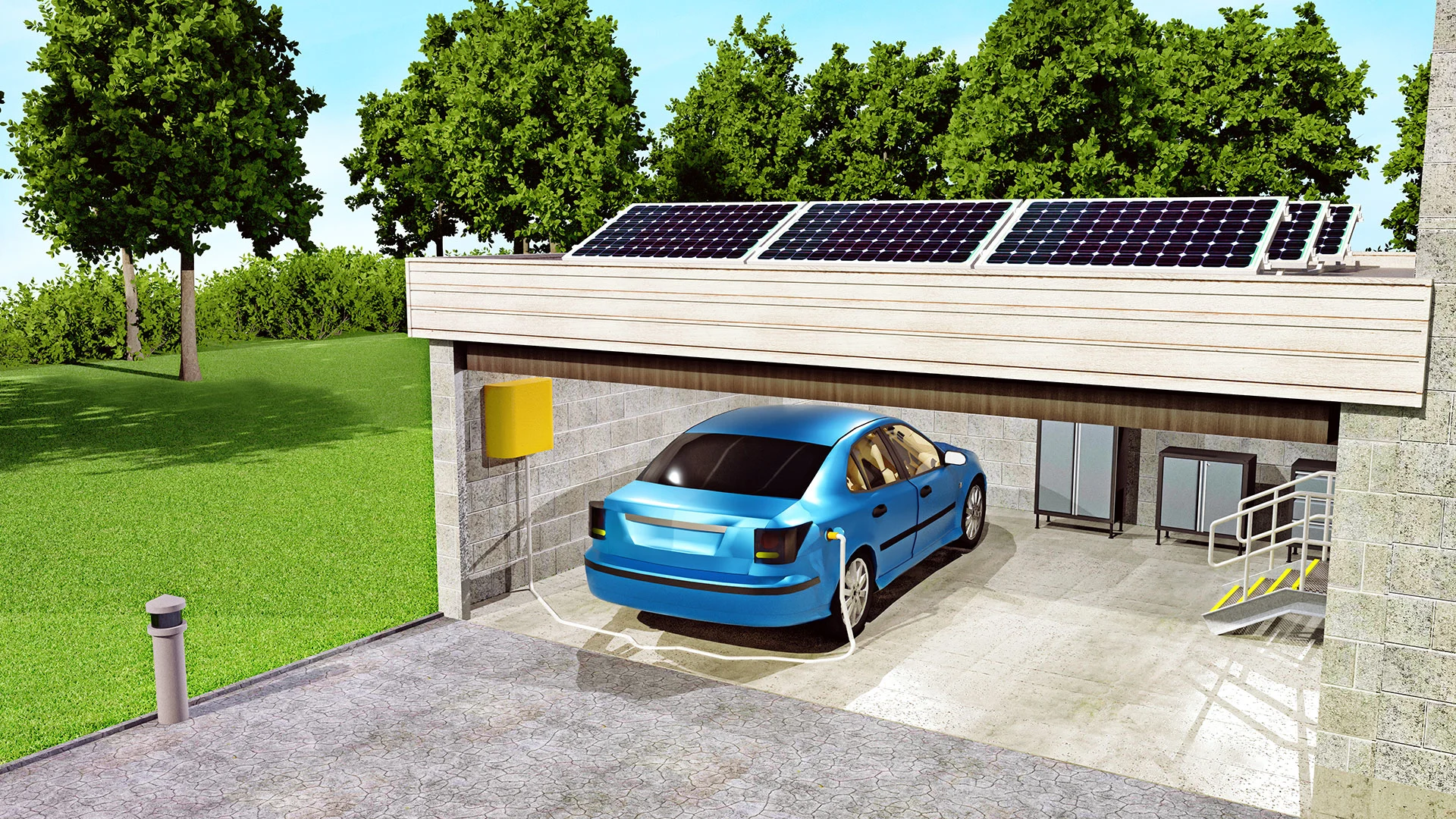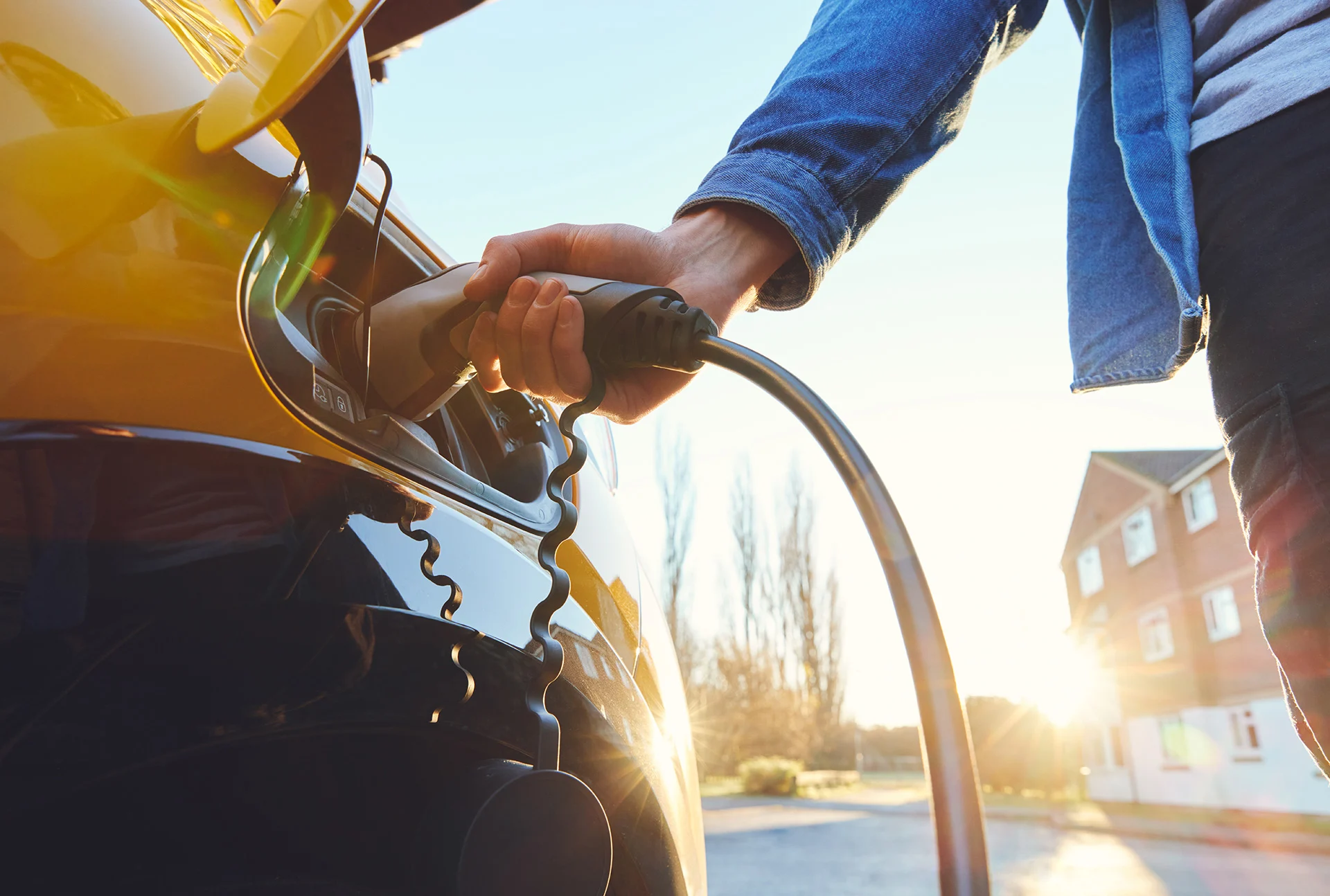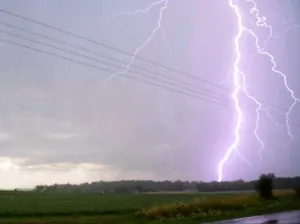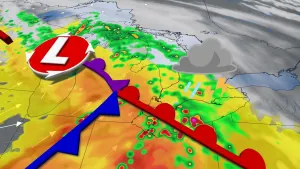
How will we charge all these new electric vehicles?
The future of personal transportation lies with electric vehicles — but transitioning this sector will be a monumental task.
In response to the climate crisis, volatile gas prices, and unreliable oil supplies, the automotive industry has begun to shift away from gasoline-powered internal combustion engines toward vehicles that run on electricity.
There is still a long way to go. The first step is building the infrastructure required to power all the electric vehicles (EVs) soon to be on the road.
“Petrol stations are everywhere in the world and we will have to swap those out for charging stations,” Barbara Stoll, director of Clean Cities Campaign, told The Weather Network.
“Charging needs to become widely available, both public charging stations and private charging stations, which allow people to plug in for the night,” Stoll added.

Person plugging in an electric car to be charged. (SouthWorks/ iStock/ Getty Images)
The challenge of this infrastructure overhaul was made apparent in a recent survey carried out by the California Air Resources Board. More than 1,200 drivers were surveyed and 44 per cent said that they were hesitant to purchase an EV due to concerns over finding chargers.
These worries are not unfounded. One organization tested hundreds of charging plugs in the San Francisco Bay Area and determined that close to 30 per cent did not work.
There is also the issue that, if drivers don’t have accounts with the companies operating the chargers, they may not be able to pay for the charge. Public forums for EV drivers abound with tales of not being able to find or pay for public charging stations.
These perceptions slow the momentum of the shift toward EVs and complicate the problem governments and industry have of investing in infrastructure for a fleet of vehicles that remains hypothetical.
Watch below: How to tackle climate anxiety
On top of an international network of chargers, that investment would involve an expansion of the electrical grid, which would be overwhelmed by the electricity demands of even a modest increase of EVs in the most prepared of districts.
It would also mean expanding a supply chain of the often hard-to-come-by materials needed to build EVs.
But investment in EVs has taken off. The Inflation Reduction Act, signed earlier this month by the Biden administration, provides a $7,500 (U.S.) rebate for new EV purchases. There is even a $4,000 subsidy for the purchase of used EVs.
Meanwhile, in Canada the last federal budget earmarked $3.8 billion (Cdn) over eight years to establish a “critical minerals strategy” for the extraction of minerals used in EVs and their batteries.
This boost to the supply chain side of things is especially important considering the projected need for mineral resources of six times the current levels over the next 30 years, according to the International Energy Agency (IEA).
Electric cars at a motorway service station are charged by a bank of electrical chargers on April 24, 2022 in Exeter, England. The government's commitment to reducing future Co2 carbon emissions will mean many more motorists will need to switch from petrol and diesel-powered cars to electric (EV) driven ones. However there are fears that the charging network in the UK is not yet fit to deal with the enormous demand more EVs on the road would place on it. (Matt Cardy/ Getty Images)
The transition to EVs becomes more and more viable as we remain in a regime of high gas prices and countries look for energy consistency and security. But EVs are also critical to the hopes of holding global heating to an increase of 1.5°C, the benchmark set in the Paris agreement.
The IEA considers EVs a necessary piece of the Net Zero puzzle and considers the sector “on track.”
“After a decade of rapid growth, there are now over 10 million electric cars on the road, representing ~1 per cent of the global car stock,” according to this year’s IEA report on the state of the EV market.
The agency projects there to be 300 million EVs on the road by 2030, accounting for more than 60 per cent of new car sales. This massive jump will require the infrastructure to support it.
But as Stoll warned, “The electrification of the transport sector is nothing if it is run on dirty energy such as coal. What we need is renewable-energy-based electricity.”
“It is also not enough to swap out every internal combustion engine for an EV,” she added. “For carbon neutral transport to be achievable, we need to get people out of their cars.”
Thumbnail image: A 3D render of an electric car being charged in a residential home garage. (mikkelwilliam/ E+/ Getty Images)










